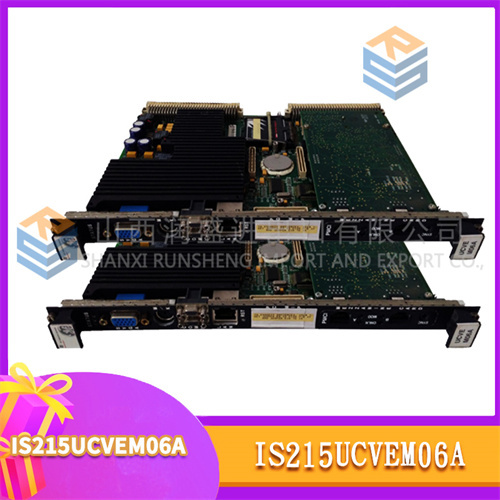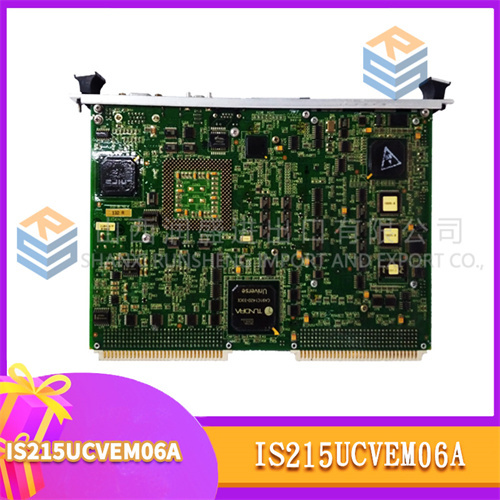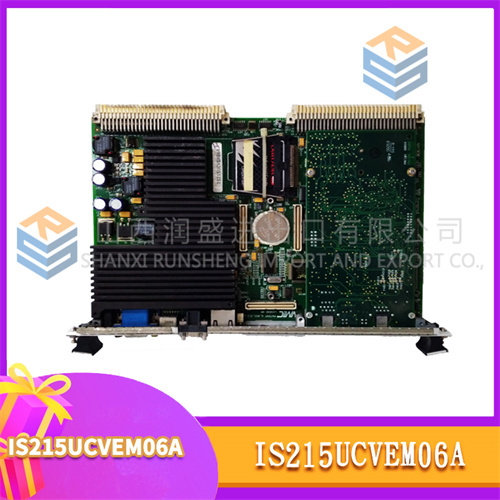The GE IS215UCVEM06A is a programmable logic controller (PLC) component or analog input module that is widely used in automated control systems such as power systems, manufacturing, building automation, water treatment equipment, transportation systems, etc. The following is a specific description of its parameters, specifications, dimensions, weight, series, characteristics and functions:
Parameters and specifications:
Supply voltage: Usually 24V DC.
Input/output points: 16 points.
Maximum input/output current: Maximum input current is 10mA, maximum output current is 500mA.
Operating temperature range: According to the different application scenarios, there are two versions: -40°C to 70°C and -10 °C to 50 °C.
Humidity: 5%~95%, no condensation.
Size and weight:
Size: According to different sources, there are two different size descriptions. One is 117mm x 65mm x 109mm (or about 19cm x 19cm) and the other is 6.5 inches x 4.5 inches x 1.5 inches (or about 16.5cm x 11.4cm x 3.8cm).
Weight: There are also different descriptions, one is about 400 grams, another is 1 pound (about 0.45 kg), and some sources indicate that it is about 1 kg or 2KG.
Series:
The GE IS215UCVEM06A belongs to the GE (General Electric) PLC or analog input module family.
Features:
Programmable logic control: As a PLC component, it has a powerful logic control function and can handle complex control logic.
Analog input processing: As an analog input module, it is capable of receiving and processing analog signals, such as voltage or current signals, converting them into digital signals for further processing and analysis in the control system.
A variety of communication interfaces: support Modbus protocol, and can communicate through RS-485 interface, to achieve data exchange and integration with other devices.
Stability and reliability: Industrial grade equipment designed for high reliability and stable operation in harsh industrial environments.
Functions:
GE IS215UCVEM06A plays a central role in industrial automation control systems. It receives input signals from sensors and other devices, processes them according to preset logic or algorithms, and then outputs control signals to drive actuators to perform actions and achieve automatic control.









